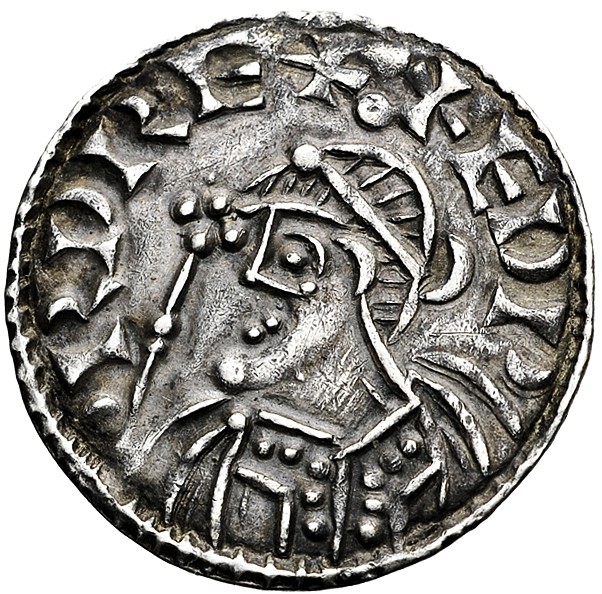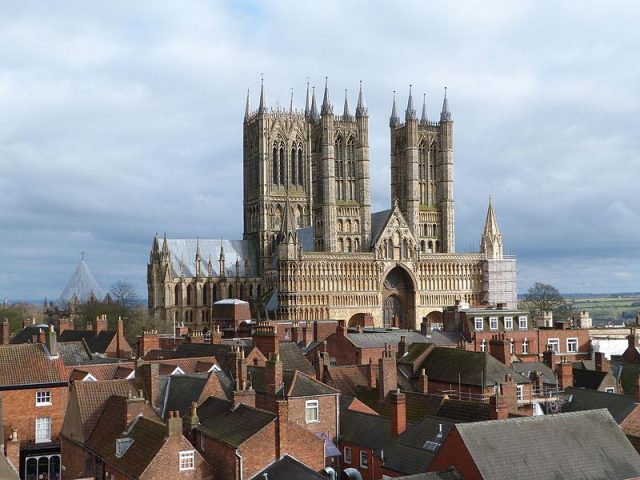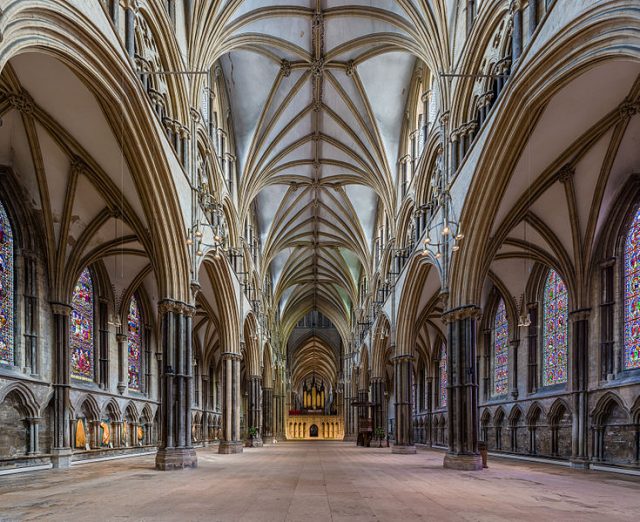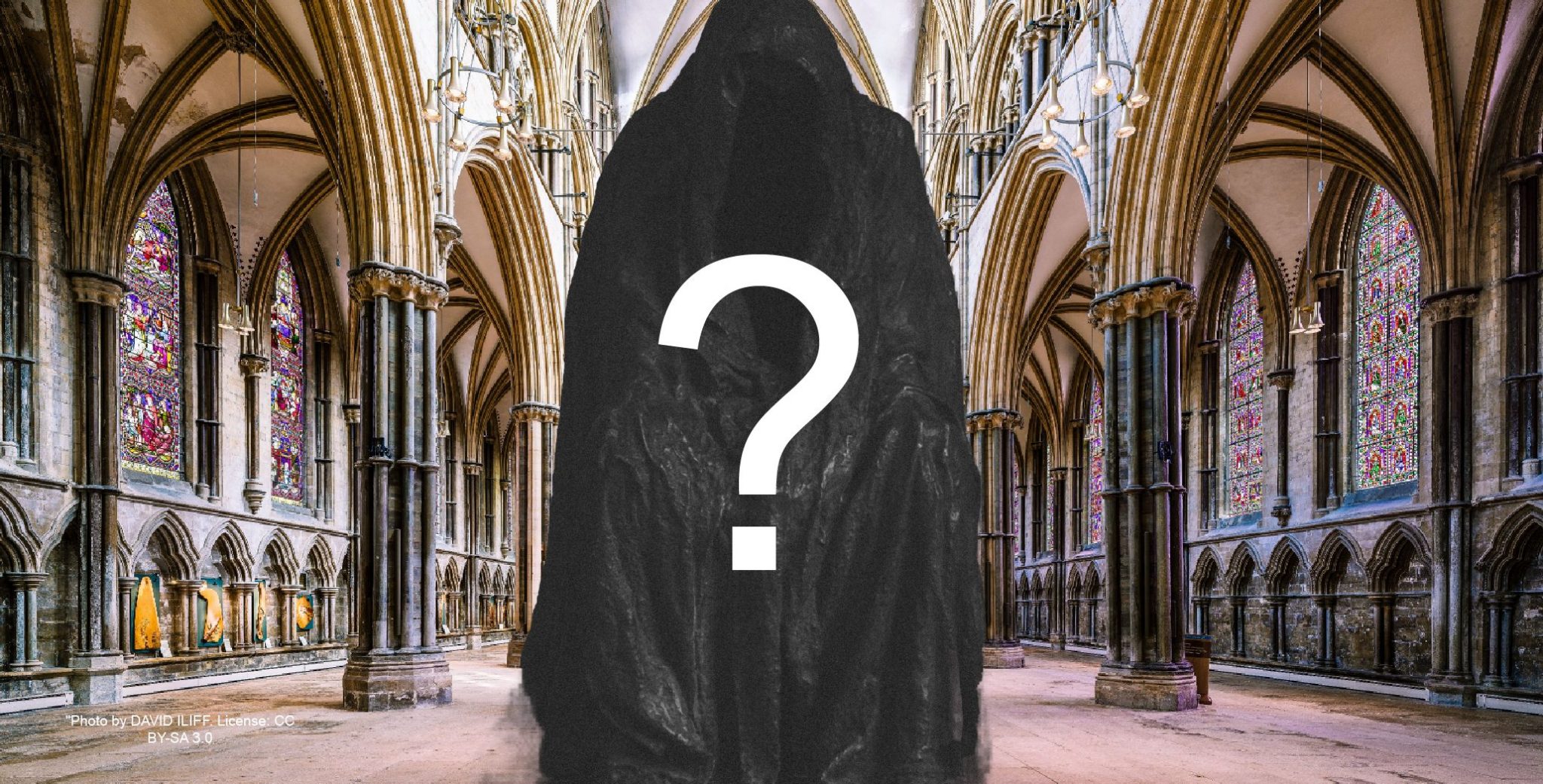Mysterious burials have been found underneath England’s iconic Lincoln Cathedral. Four years ago, archaeologists, historians and other experts began excavating and renovating the Lincoln Cathedral in the East Midlands, U.K. This city is known as “cathedral city,” and the Lincoln Cathedral is the area’s most prized Gothic landmark.
So far, in an amazing surprise, archaeologists have uncovered more than 50 graves, most recently one of a medieval priest, a rare find that dates back to the 12th or 13th century. In addition to the priest’s remains, archaeologists have found a pewter chalice and other objects used when giving communion during Mass. Other objects found in addition to skeletal remains include a hand from an ancient statue and a very rare coin. The coin bears the image of Edward the Confessor, who was the last king of Wessex and ruled from 1042 until 1066.

This project, begun in 2016, was not started solely for archaeological purposes, but rather to allow for the installation of new sewage and drainage pipes, landscaping, and of course refurbishment of the cathedral. The work is being funded by the National Lottery. Later this year, the relics found will be put on exhibit in the new Lincoln Cathedral Visitor Centre, which officials hope will open sometime this summer.
Rare medieval priest burial discovered at #Lincoln Cathedral
https://t.co/m1QgGbOj5M pic.twitter.com/qtXIWd678o— The Lincolnite (@thelincolnite) January 23, 2020
Archaeologists have also uncovered important and historic ancient Roman buildings in the vicinity of the coming visitor centre. They’ve found ornate wall plaster, an almost-perfectly preserved incense burner, a Roman spoon and a container used for perfume. The plaster, though not complete, has a detailed pattern of leaves and flowers on part of it; on the other parts are colored bands. Experts hope to eventually be able to recreate the walls in their entirety.

Natasha Powers is a senior manager with Allen Archaeology, the firm in charge of the excavation. She has been on the project since the beginning, and recently told the media, “Since our work began in 2016, we have uncovered significant evidence of Lincoln’s medieval, Saxon and Roman past. The objects we have found are not only beautiful and interesting in themselves, but importantly they enable us to better interpret the lives of those who occupied the city in previous centuries.”

Work on the cathedral, and the excavations currently underway, are scheduled for completion by 2022. It isn’t only what’s beneath the cathedral’s grounds that’s incredibly important to historians; the church itself is, and has been for centuries, a vital part of this community that today is home to almost 95,00 people.
The renovations had a budget of more than 12 million pounds, but already costs are predicted to exceed that. According to Anne Irving, who is the program manager of the church, the restoration was as important to the community as the archaeological dig happening on its doorstep.
In May, 2019, Irving told the telegraph news website, “We’re building out of Lincolnshire limestone, which is like a hard cheese. There’s a lot of intricate Gothic carving which weathers, and bits fall off…” Still, Irving said, the work is necessary not just for churchgoers today, but for those who will attend church in the future.
“…We’re not just thinking about our generation,” she told the telegraph, “but the generations beyond (us) and what they will have to face,” if the repairs are not tended to now. And churchgoers are not the only folks who love the Lincoln Cathedral; TV and movie producers love it, too.
In 2005, the church stood in, so to speak, for Westminster Abbey, in the film “The Da Vinci Code,” starring Tom Hanks. So while costs for the renovation and the archaeological dig may rise, so will the cathedral’s fame and profile, and perhaps visitors to the U.K. will make a point of going to Lincoln, seeing the cathedral, and visiting the town.
Related Article: Queen Emma of Normandy’s Remains Found in Royal Chest at Winchester Cathedral
That means tourism, which means money flowing into local businesses. Perhaps they’ll stop in at the Visitor Centre and see the exhibit of the ancient priest excavated recently and the artifacts found with him. When history and economics combine, it can mean a win-win for everyone involved.
